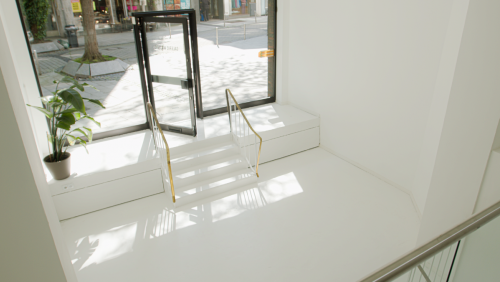
I. S. Kalter
"I. S. Kalter: Bad Breath"
Project Info
- 💙 Documenta Fifteen
- 🖤 I. S. Kalter
- 💜 Rebbeka Seubert
- 💛 Ventilator - Ishai Shapira Kalter
Share on
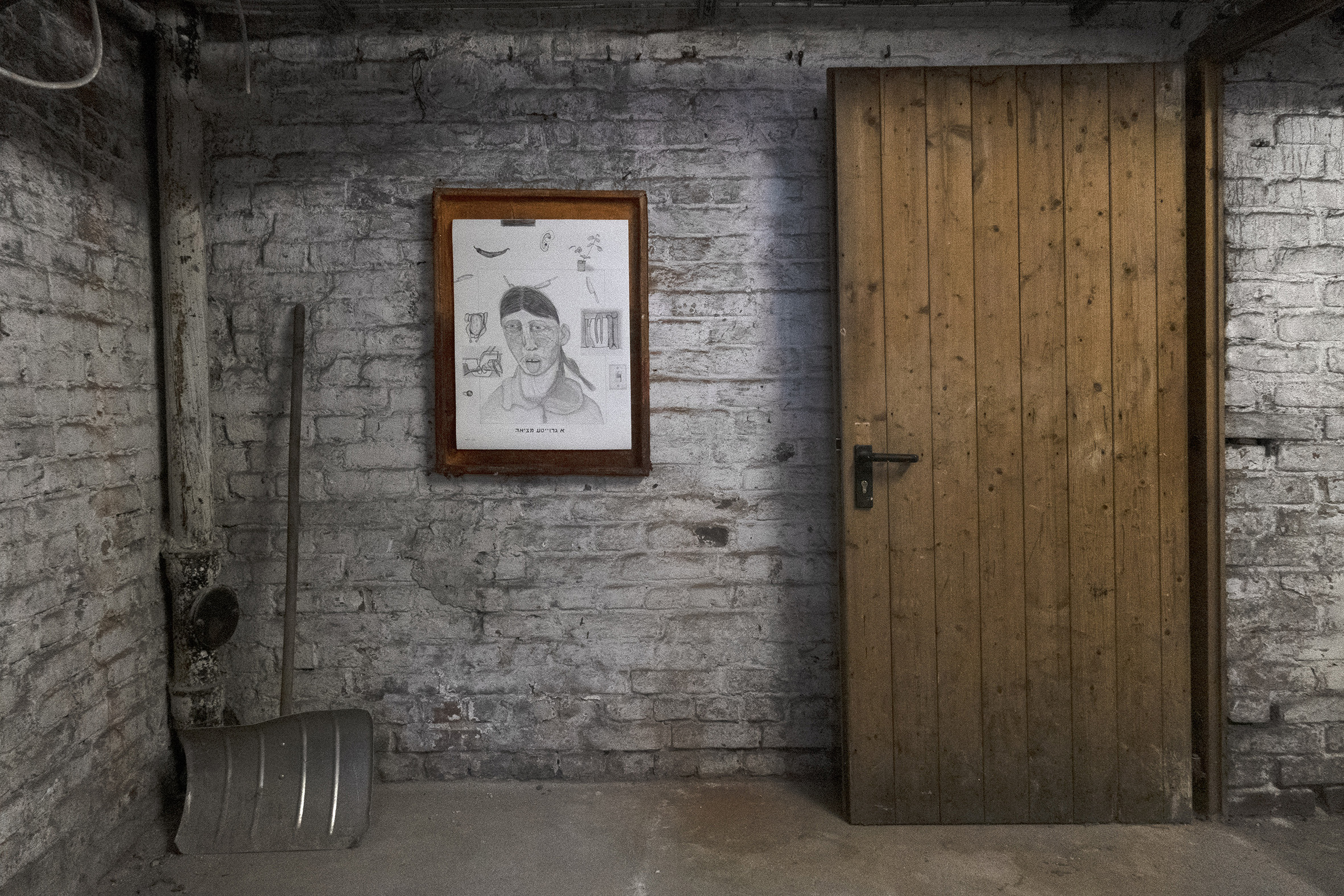
"I. S. Kalter: Bad Breath", Installation view
Advertisement
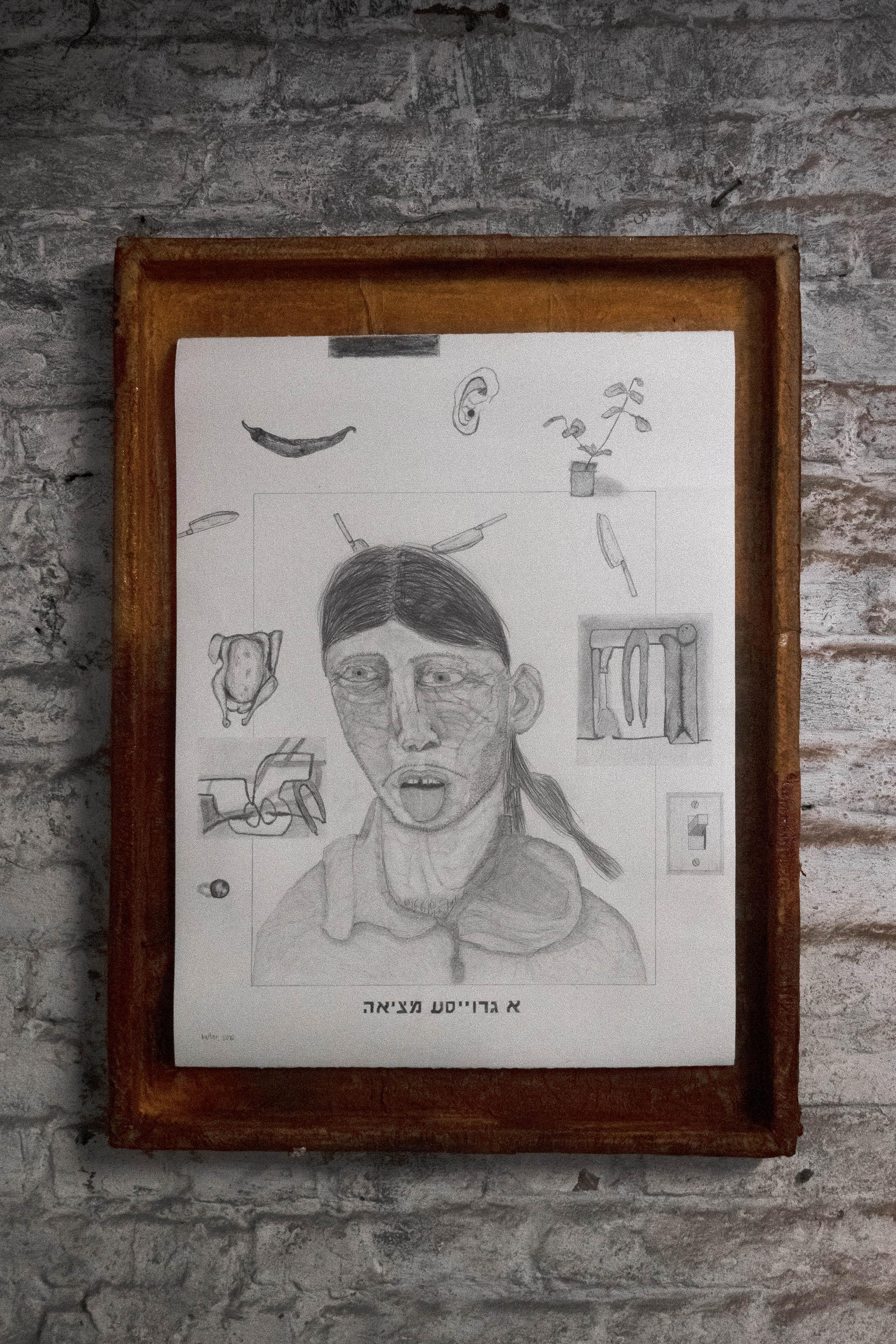
I. S. Kalter, "Great Bargain" 2020–22. Pencil and graphite on paper, artist frame, 65x50 cm (with frame, 80x60x4 cm)

I. S. Kalter, "Great Bargain" (detail) 2020–22. Pencil and graphite on paper, artist frame, 65x50 cm (with frame, 80x60x4 cm)
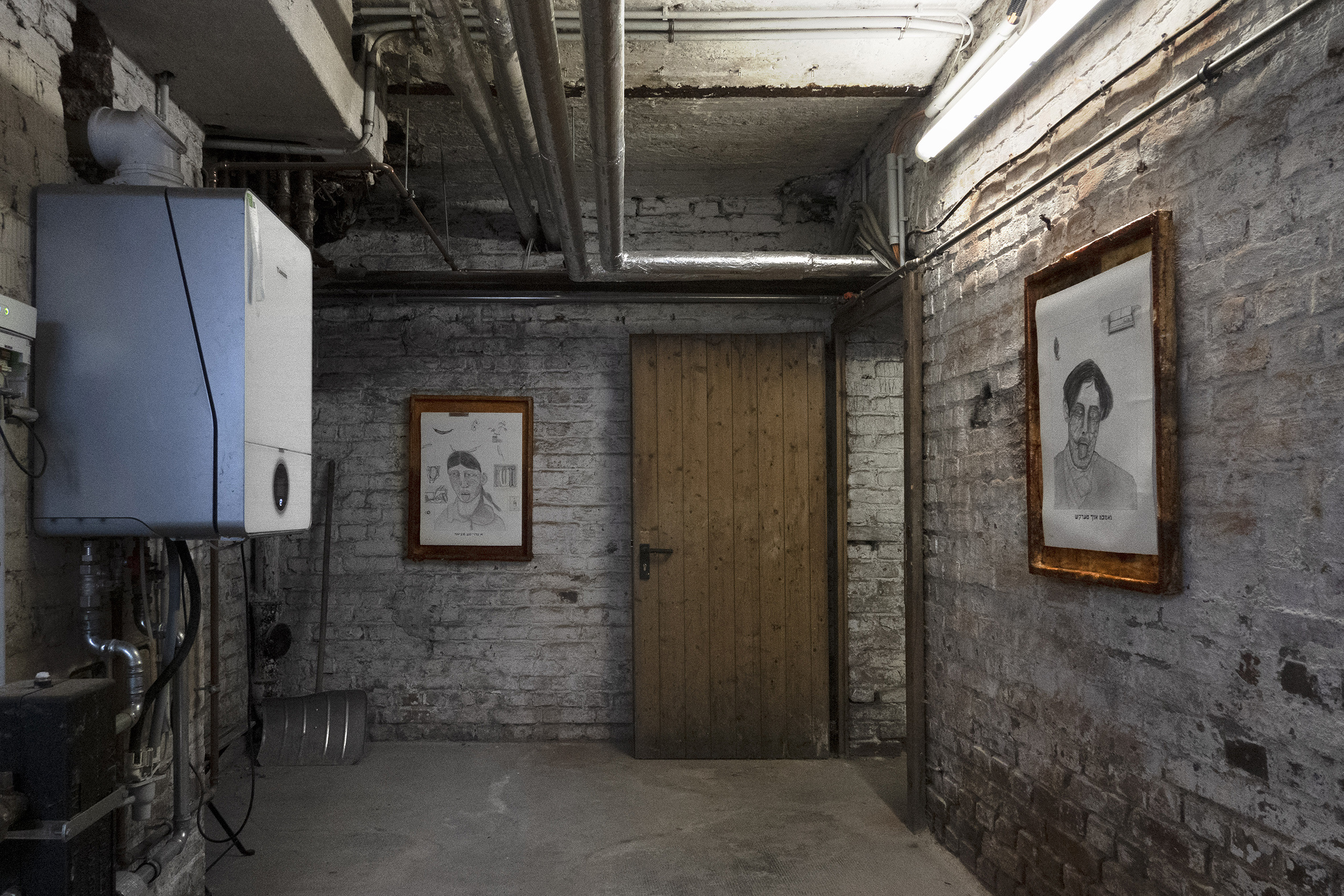
"I. S. Kalter: Bad Breath", Installation view
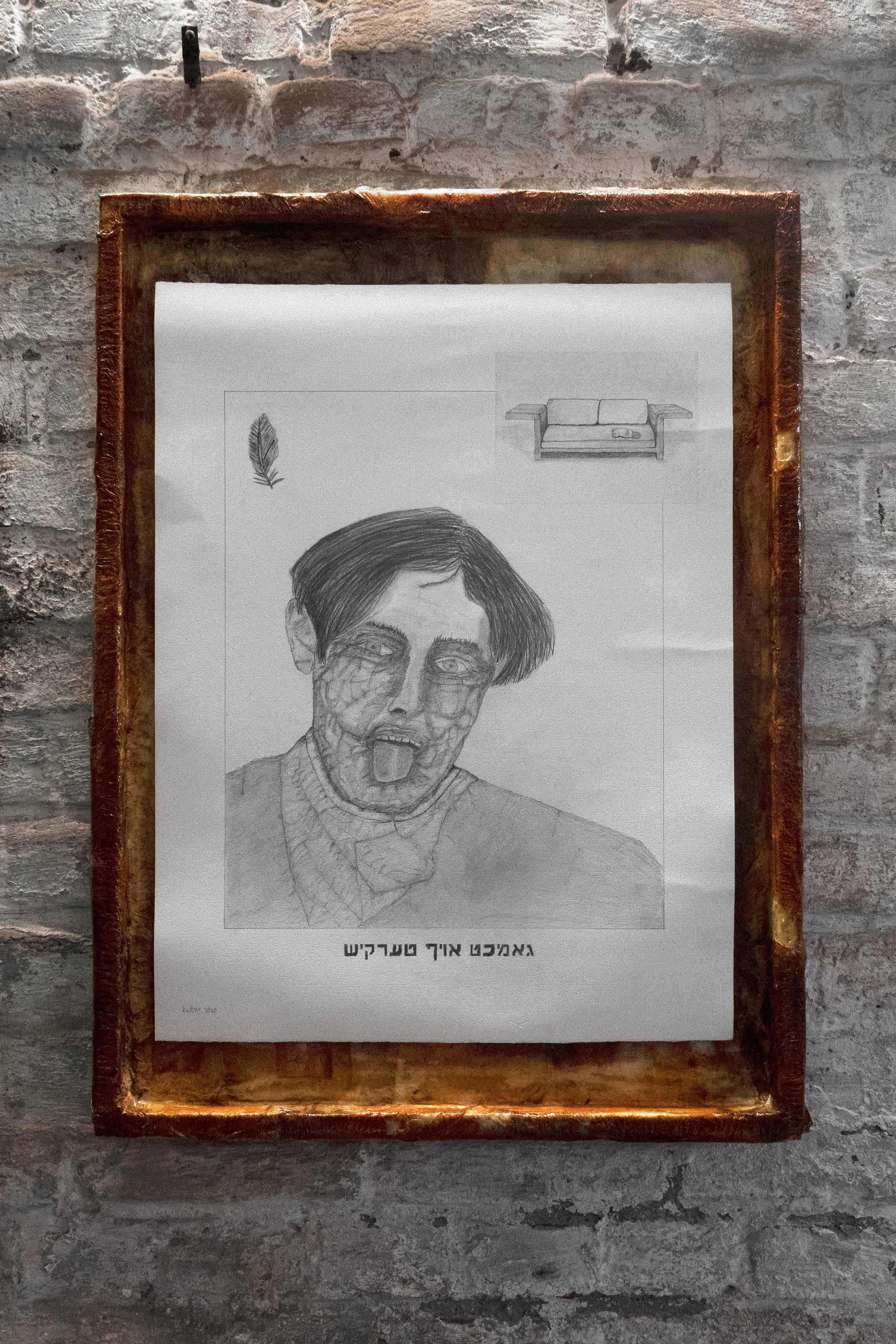
I. S. Kalter, "Made in Turkey", 2020–22. Pencil and graphite on paper, artist frame, 65x50 cm (with frame, 80x60x4 cm)
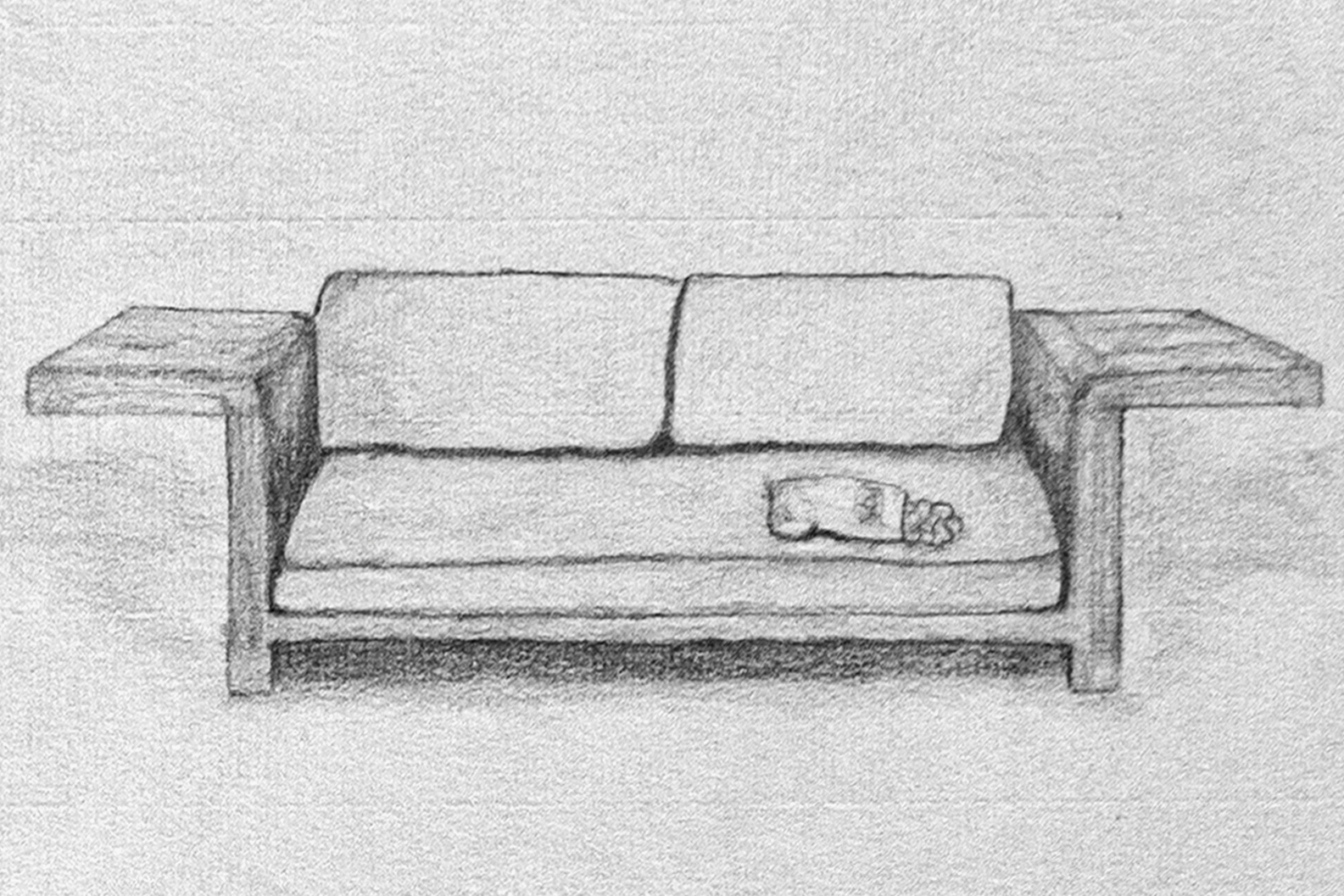
I. S. Kalter, "Made in Turkey" (detail), 2020–22. Pencil and graphite on paper, artist frame, 65x50 cm (with frame, 80x60x4 cm)
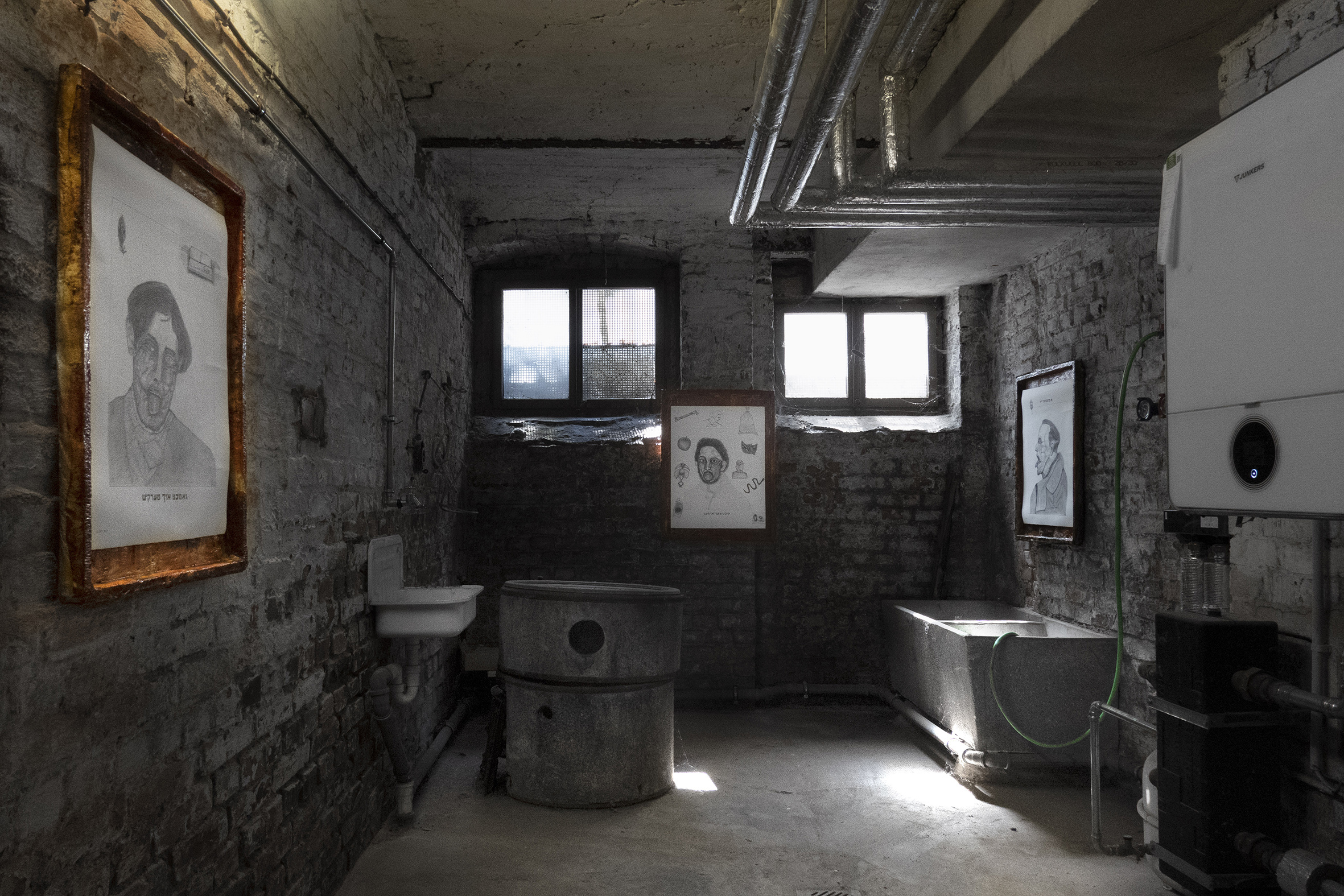
"I. S. Kalter: Bad Breath", Installation view
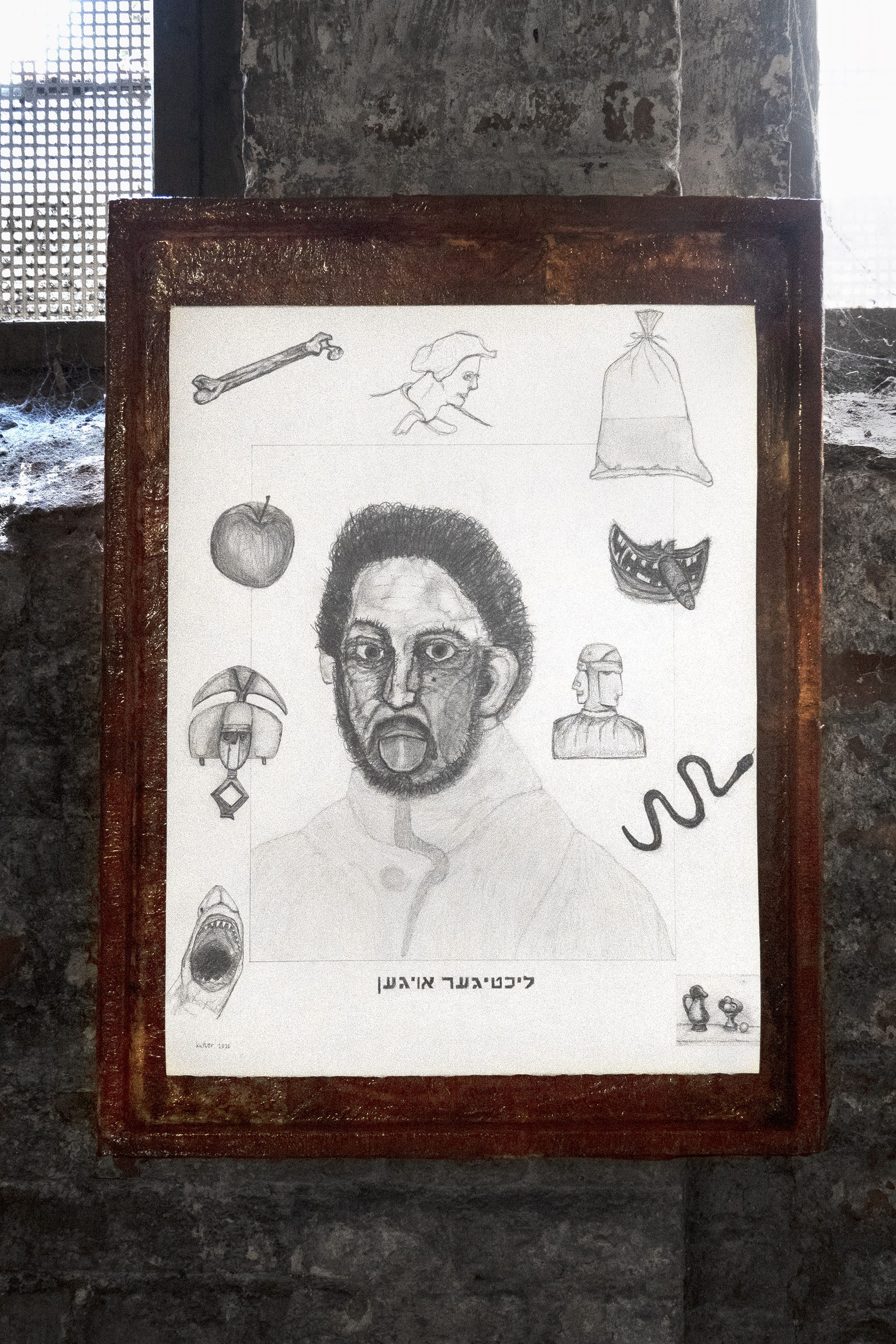
I. S. Kalter, "Bright Eyes", 2020–22. Pencil and graphite on paper, artist frame, 65x50 cm (with frame, 80x60x4 cm)
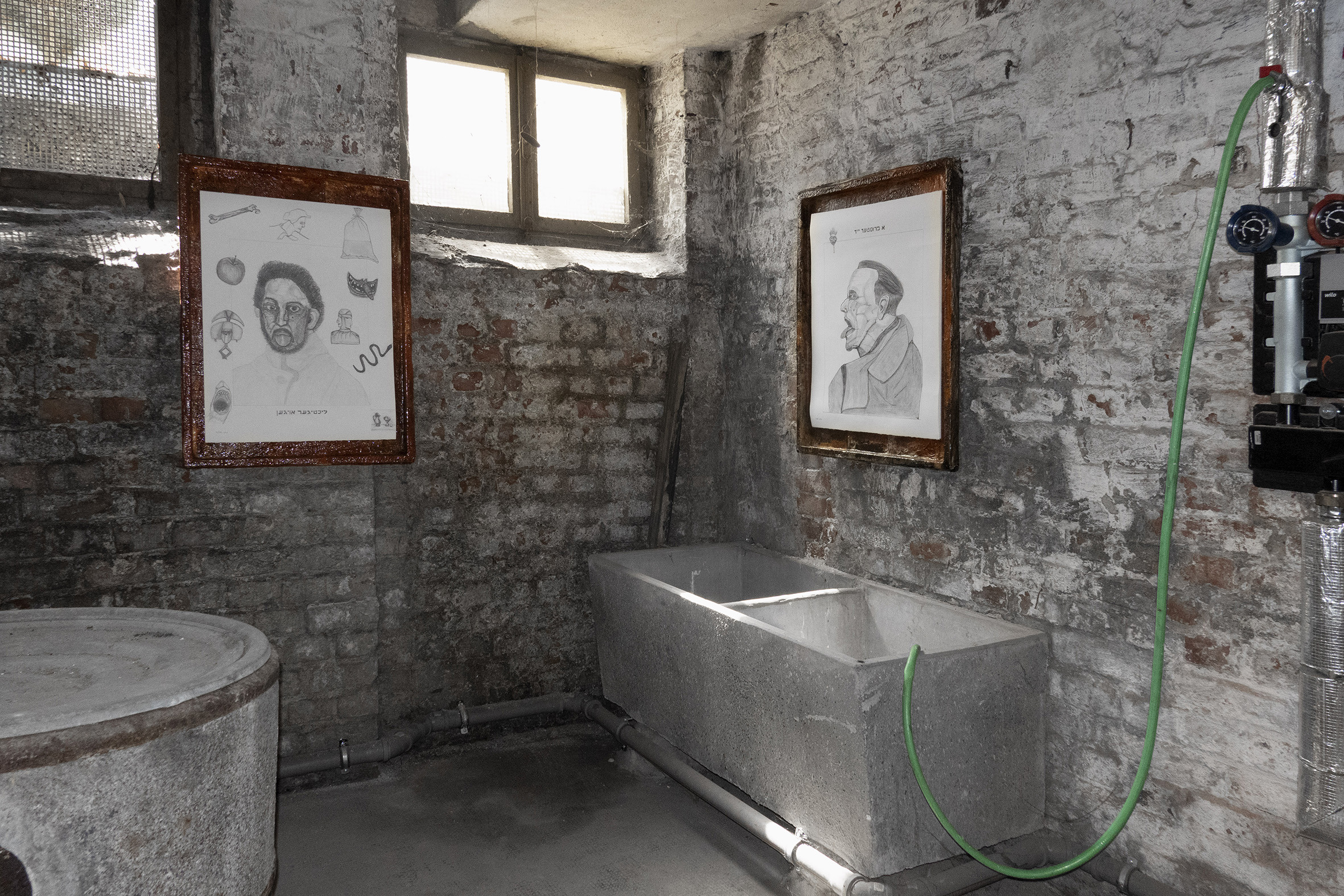
"I. S. Kalter: Bad Breath", Installation view
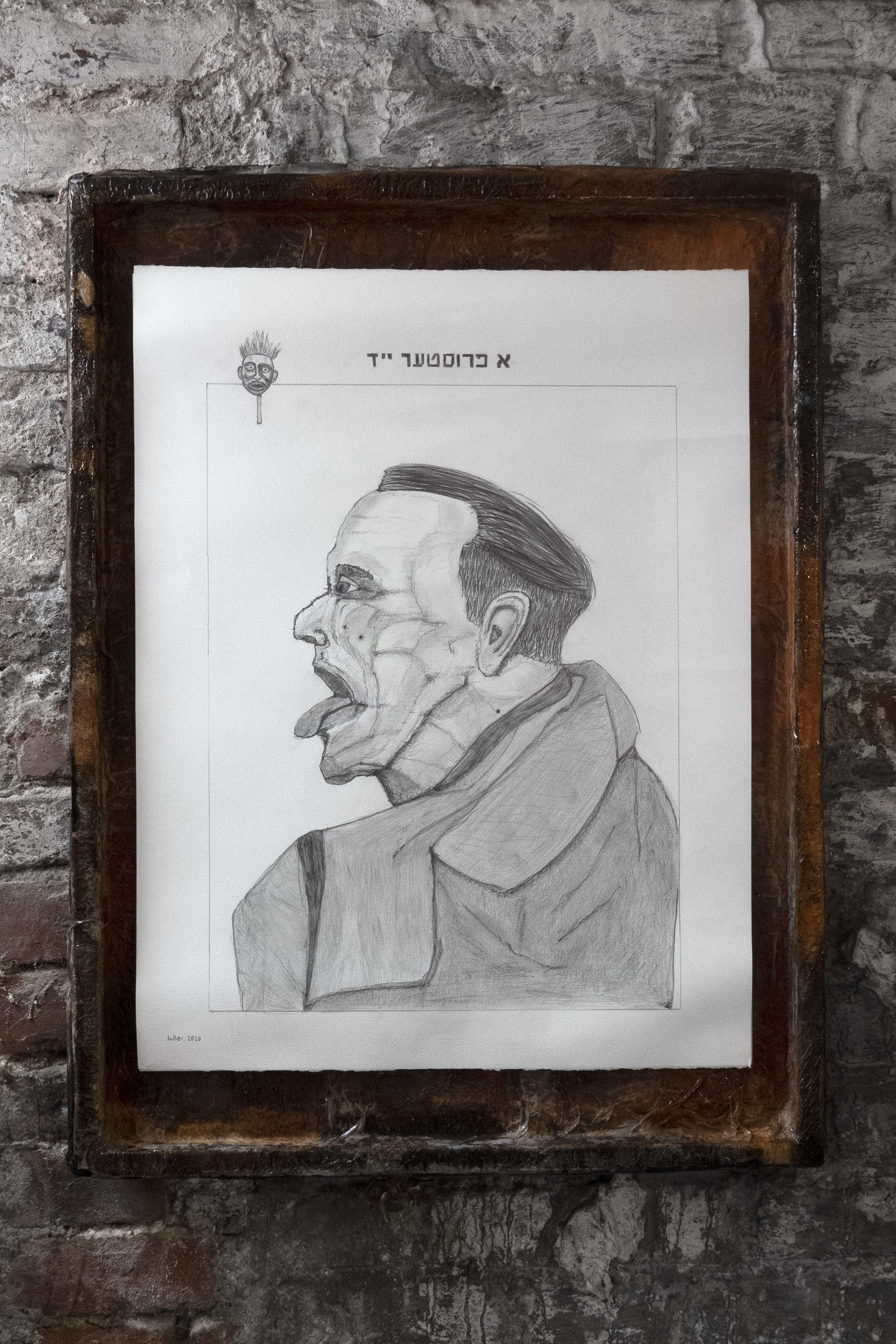
I. S. Kalter, "Straightforward Jew", 2020–22. Pencil and graphite on paper, artist frame, 65x50 cm (with frame, 80x60x4 cm)
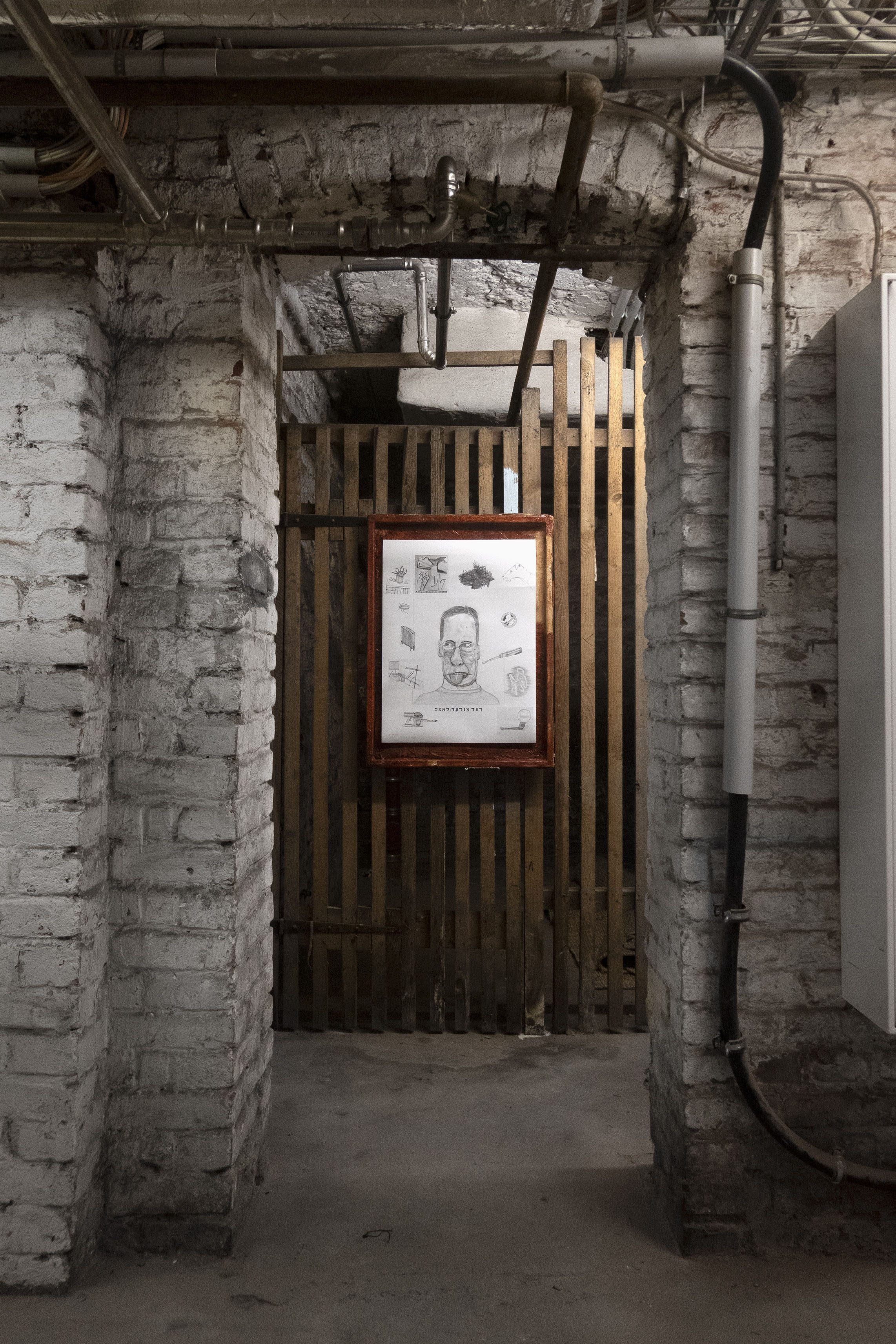
"I. S. Kalter: Bad Breath", Installation view
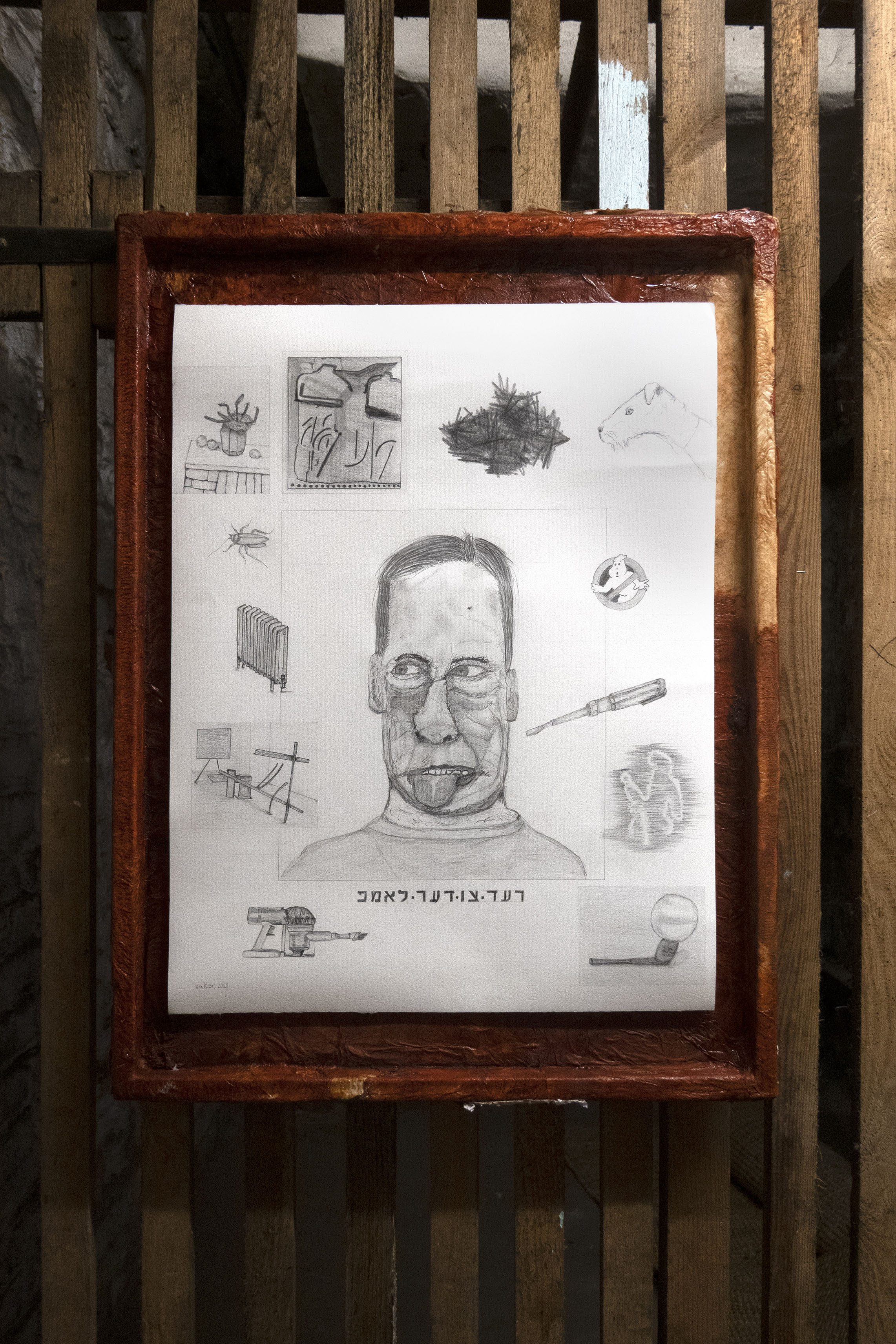
I. S. Kalter, "Talk to The Lamp", 2020–22. Pencil and graphite on paper, artist frame, 65x50 cm (with frame, 80x60x4 cm)
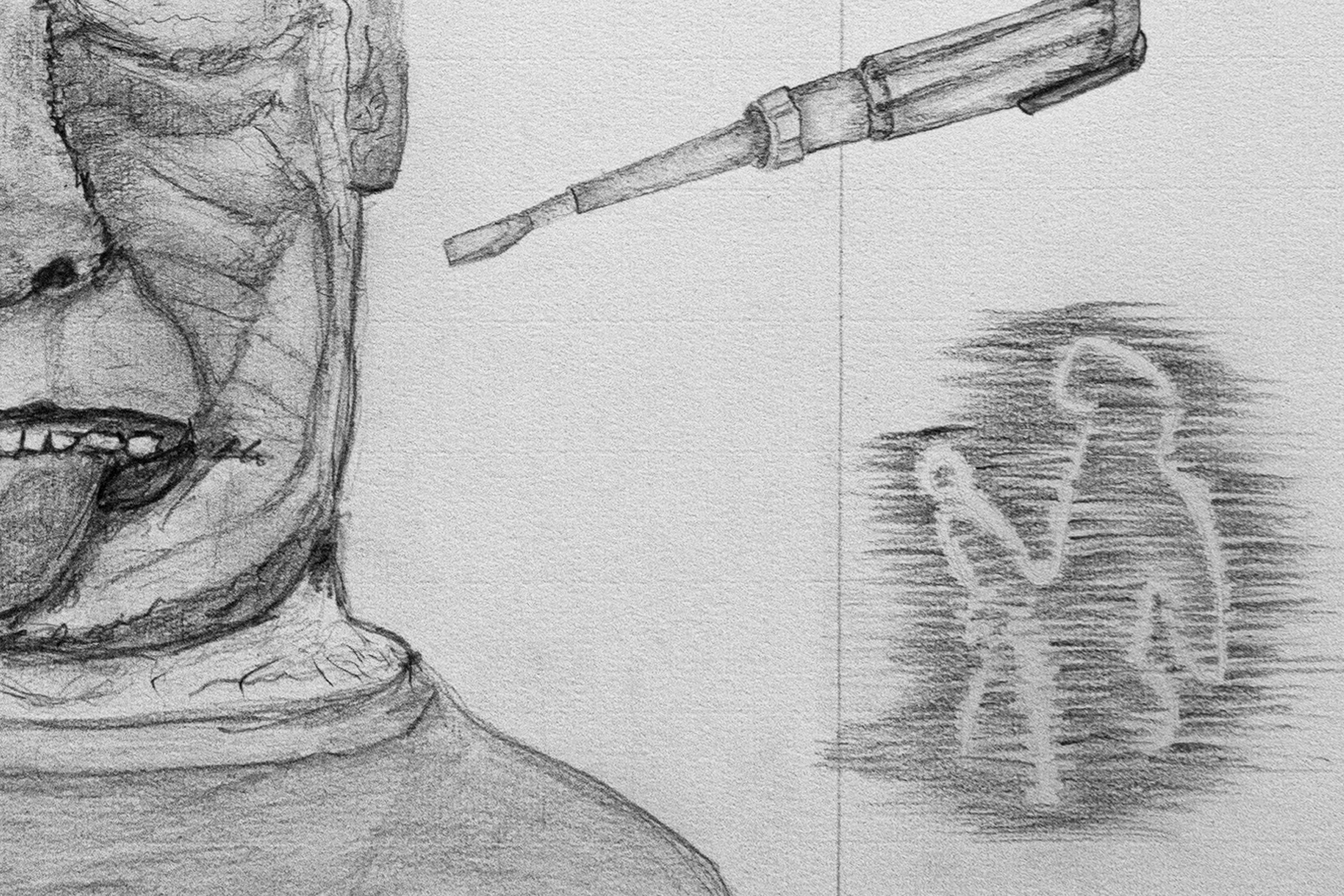
I. S. Kalter, "Talk to The Lamp" (detail), 2020–22. Pencil and graphite on paper, artist frame, 65x50 cm (with frame, 80x60x4 cm)
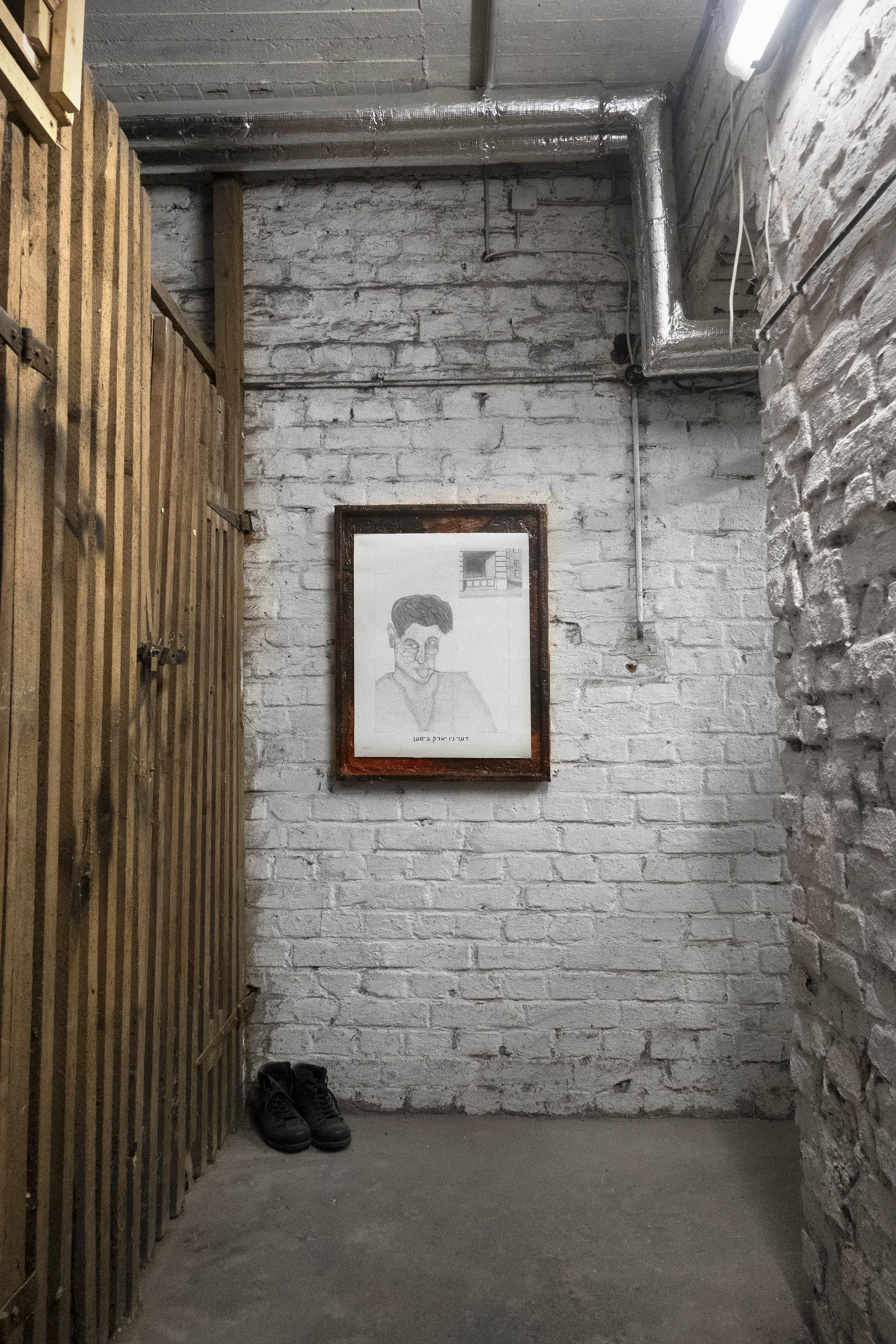
"I. S. Kalter: Bad Breath", Installation view
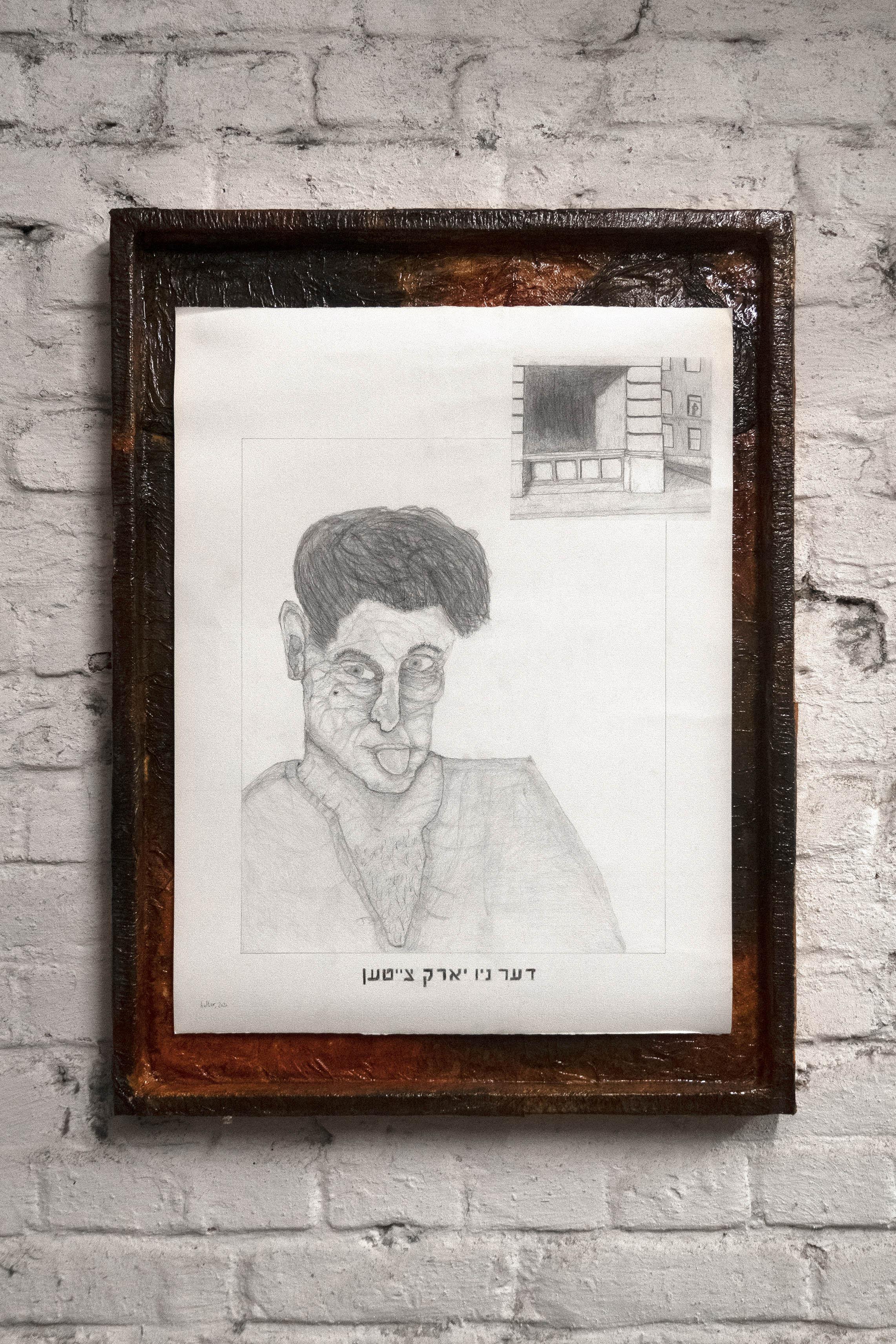
I. S. Kalter, "The New York Times", 2020–22. Pencil and graphite on paper, artist frame, 65x50 cm (with frame, 80x60x4 cm)

I. S. Kalter, "The New York Times" (detail), 2020–22. Pencil and graphite on paper, artist frame, 65x50 cm (with frame, 80x60x4 cm)
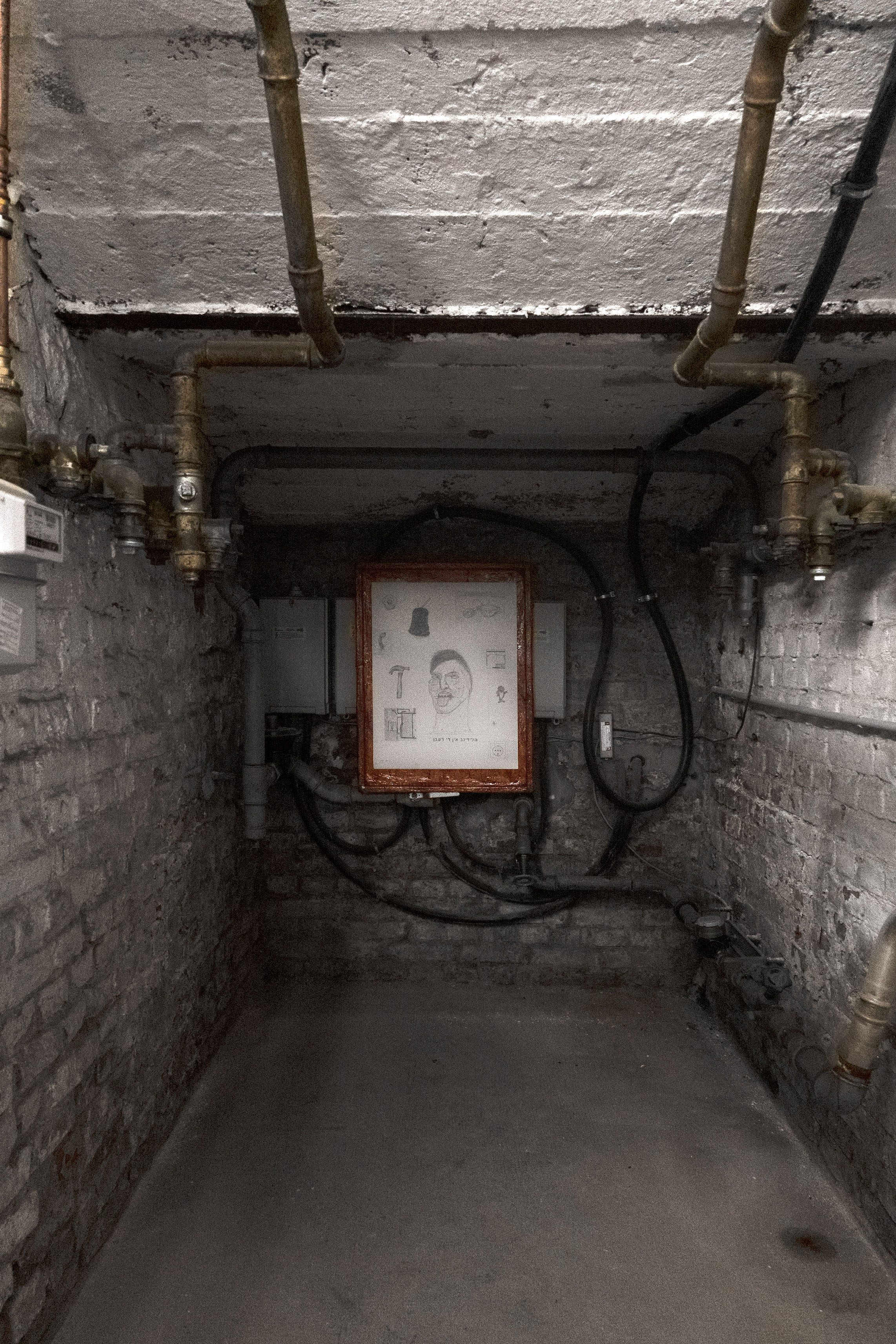
"I. S. Kalter: Bad Breath", Installation view

I. S. Kalter, "Bleeding In The Rain", 2020–22. Pencil and graphite on paper, artist frame, 65x50 cm (with frame, 80x60x4 cm)
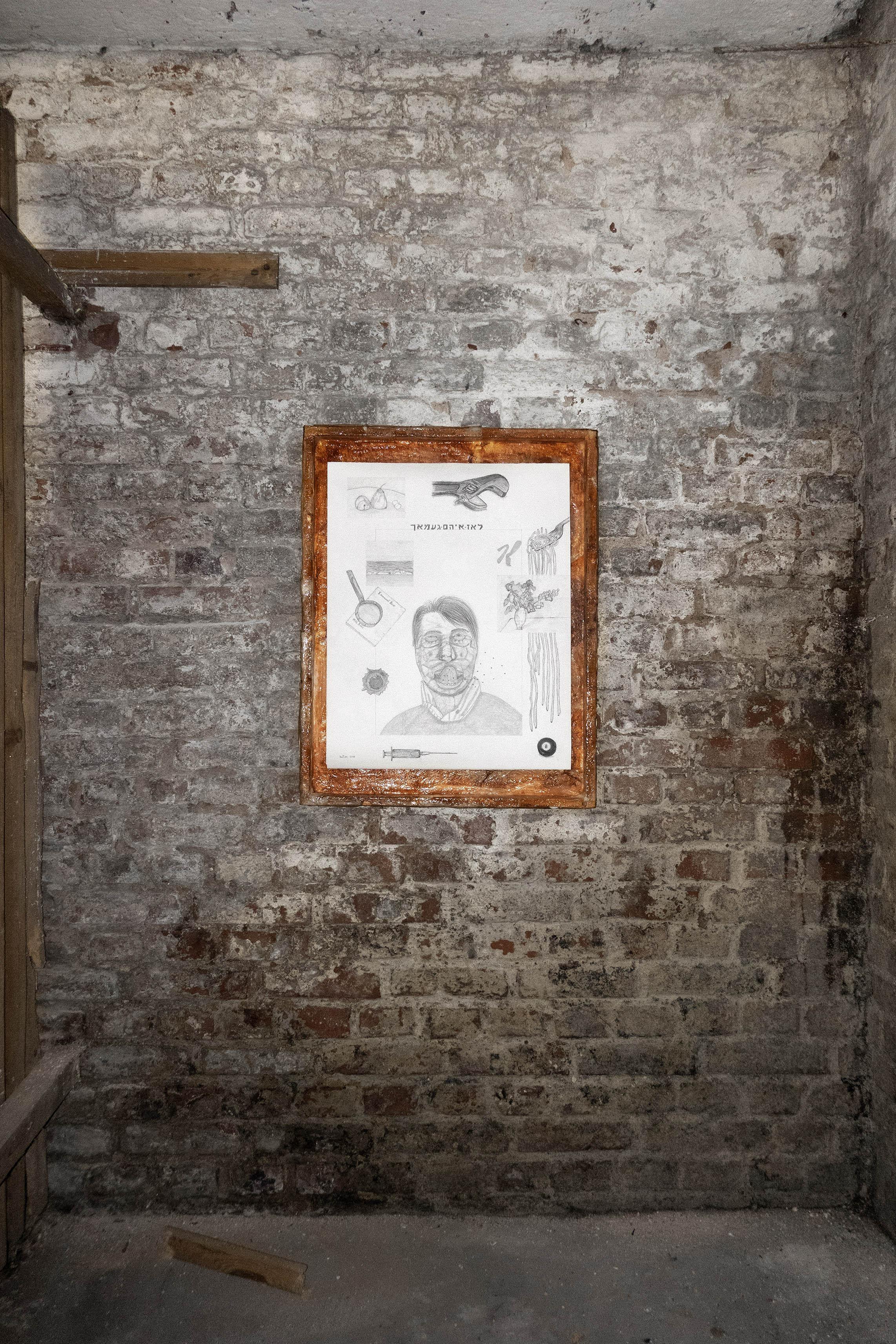
"I. S. Kalter: Bad Breath", Installation view

I. S. Kalter, "Leave Him Alone", 2020–22. Pencil and graphite on paper, artist frame, 65x50 cm (with frame, 80x60x4 cm)
A Sigh
Breathing is in many religions considered a spiritual act and the word breath as an expression of, and a way to navigate to, the soul. Telling someone about their bad breath isn’t easy. It is first of all a question of communication. It’s like being someone's mirror when you lack one. The person who has bad breath doesn’t smell it. But being around it is something most people would see as a bad omen, something to flee from, or maybe bear with but would eventually talk behind the bad breath’s back.
The feeling of physical indiscretion with bad breath is that it could reveal something unwanted about the person who has it: about their eating habits or, worse, the state of mouth hygiene and their rotting body. Bad breath speaks an indirect and indiscrete language and it makes the person who has it uneasy and insecure.
One actually needs a friend to find out about the state of one's breath. Someone loyal and trustworthy. Since telling someone about their breath has to do with mirroring a friend, giving him or her a chance of doing something about it. It’s a way of honest communication about a blind spot.
- Rebekka Seubert
Watch Your Tongue
There is no representation of Jewish or Israeli art in Documenta Fifteen, perhaps not on purpose, or it may be simply a cultural boycott – I don't know. Therefore, I decided to be physically present in Kassel and exhibit uninvitedly I. S. Kalter: Bad Breath as part (or not) of Documenta Fifteen.
A month ago I moved to Düsseldorf for a six-month stay with the support of Dan and Carie Bronner - holocaust survivors and Jewish modern art collectors, parents of contemporary art collector Gil Bronner. Before arriving in Germany, I already knew I would present in Documenta. As the history of art has taught us, at least the one I favor, artistic actions do not require a large audience of witnesses - but solely the fulfillment of an artist's subjective fantasy on an actual site.
Artistic actions are as messages in a bottle sent to the unknown future. The first action I did was to fake the invitation of Ruan Grupa. I added my name and display dates on it. I sent the invitation to curators and artists around the world, some I know and some I don't. I marketed it as an Instagram ad, as if I was selling shoes, and it has already been viewed by over 15,000 people. I sent an email to the organizers of the exhibition, both the Documenta Fifteen team and Ruan Grupa. They follow my IG stories, but still chose not to engage in any dialogue - conservative sovereignty has many faces.
We tend to forget, with all this contemporary bureaucracy, that art institutions control social, economical and sometimes political relations among art practitioners, by reciting dark mechanisms of selection. Including and excluding sometimes out of ignorance, on behalf of taste or agenda.
However, art is as real as it can get. The closer, the better. In the vicinity.
"I. S. Kalter: Bad Breath" is displayed in a cellar in the city of Kassel. It consists of a series of eight drawings on paper. I brought the series, which is also titled "Bad Breath" (2020–22) with me in a suitcase from Tel Aviv and built frames for it in my studio in Düsseldorf. The exhibition also has a soundtrack of 36 piano compositions I composed.
"Bad Breath", 2020–22
Eight drawings, pencil and graphite on paper, 60x65 cm (80x60x4 cm with frame)
On half a sheet of printing paper, with pencils and graphite, I wrote on the dining room table in my house the stream of consciousness that flooded me during the first outbreak of the coronavirus in 2020. Whether broken, troubled, frozen, dreamy, infantile, lonely or fucking crazy - the characters in this series of drawings seem to have reached the limits of control. Around them are listed everyday objects from the near or distant future that include reproductions of 20th century works of art, encrypted symbols, tools and food cans - fragments of haunted thoughts. Below or above the characters in the font “HAIM” (trans. Life, used for obituaries) appear misspelled titles in Yiddish slang that I heard at my grandmother's and grandfather's house. Each of the drawings becomes what appears to be a secular Paschkaville, a police cell, a crowded collage of mesmerizing autobiography, or an enlarged poster of a comic book. All drawings are signed "Kalter" (in German means colder), the last name of my Holocaust survivor grandfather that I tattooed to my identity fifteen years ago.
"Zimmermann", 2006 / 2019
Thirty-six compositions for piano, about two hours in a loop
The piano melodies were composed in 2006 after I returned as a soldier from the Second Lebanon War when I was only twenty years old. The piano on which I originally composed the score is an antique instrument, made in the 1920s by the Zimmermann company in Leipzig. Between two world wars, and with a broken sound box, this piano was transported to Israel by the Jewish piano tuner of the Russian Tsar when he immigrated to Israel. The piano was bought in 1964 by my grandfather Lazer Kalter, then a milkman, as a gift for my mother. The 100-year-old piano has been kept in the family ever since. Although the pieces were fully realized and recorded in Paris in 2019, thirteen years after they were composed, Zimmermann is in fact my earliest work of art to be played in the musty basement in the city of Kassel.
Rebbeka Seubert


